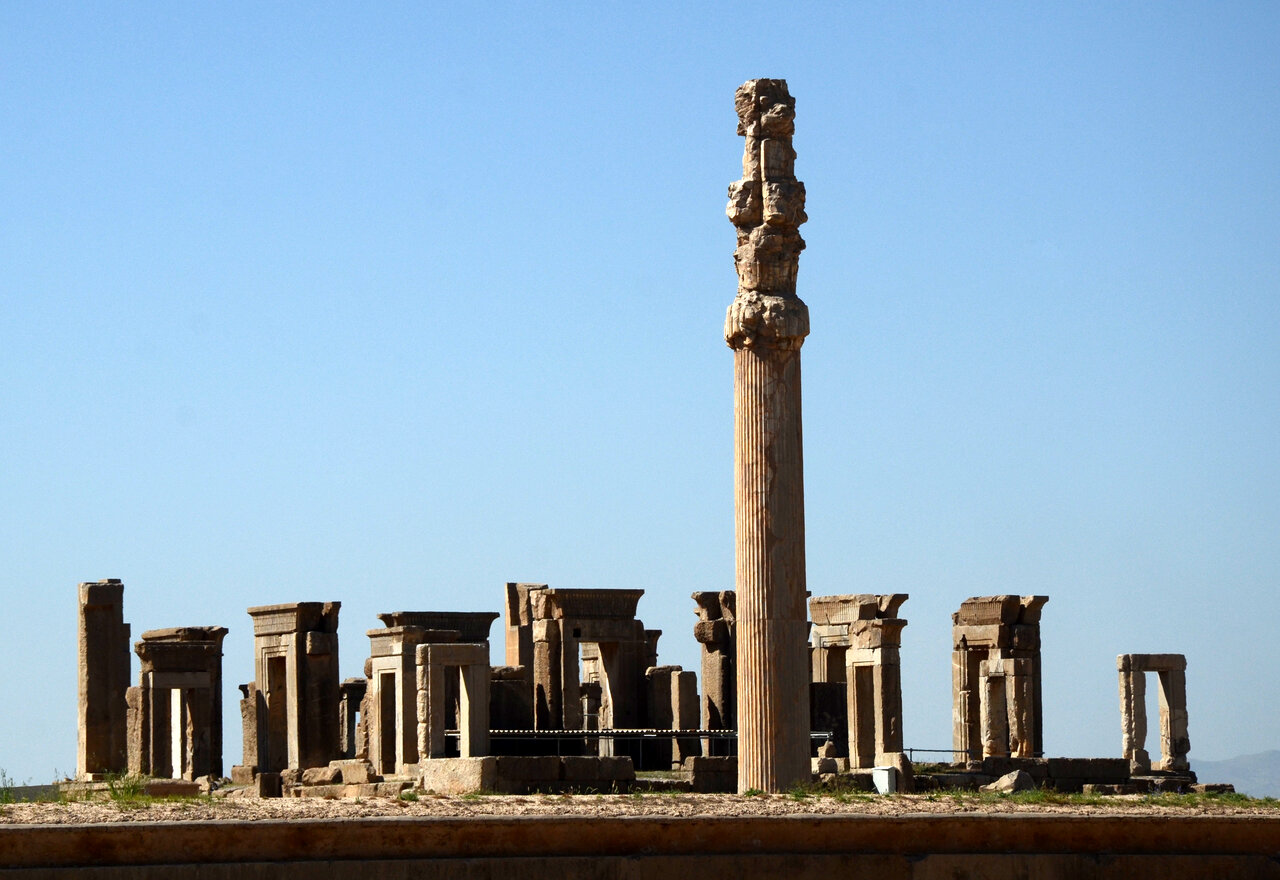Fars attractions delight journos

TEHRAN – A group of journalists and bloggers has embarked on a three-day trip to explore lesser-known attractions in the southern Fars province.
As revealed by the provincial officials, more than 30 Iranian and foreign media personnel have joined the tour which is scheduled for May 6 to 8, according to organizers.
The event is intended to put the UNESCO-listed Sassanid Archaeological Landscape of Fars Region front and center on the travel itinerary.
The Sassanid era is of very high importance in the history of Iran. Under the Sassanids, Persian art and architecture experienced a general renaissance. Architecture often took grandiose proportions, such as the palaces at Ctesiphon, Firuzabad, and Sarvestan, which are amongst the highlights of the ensemble.
Crafts such as metalwork and gem engraving grew highly sophisticated, yet scholarship was encouraged by the state. In those years, works from both the East and West were translated into Pahlavi, the language of the Sassanians.
Rock-carved sculptures and bas-reliefs on abrupt limestone cliffs are widely deemed as characteristics and striking relics of Sassanian art, top examples of which can be traced at Bishapur, Naqsh-e Rostam and Naqsh-e Rajab in southern Iran.
In 2018, UNESCO added an ensemble of Sassanian historical cities in southern Iran -- titled “Sassanid Archaeological Landscape of Fars Region” -- to its World Heritage list. The ensemble comprises eight archaeological sites situated in three geographical parts of Firuzabad, Bishapur, and Sarvestan. It reflects the optimized utilization of natural topography and bears witness to the influence of Achaemenid and Parthian cultural traditions and Roman art, which later had a significant impact on the architecture and artistic styles of the Islamic era.
The Sassanid archaeological landscape also represents a highly efficient system of land use and strategic utilization of natural topography.
XF
Leave a Comment